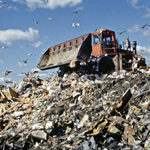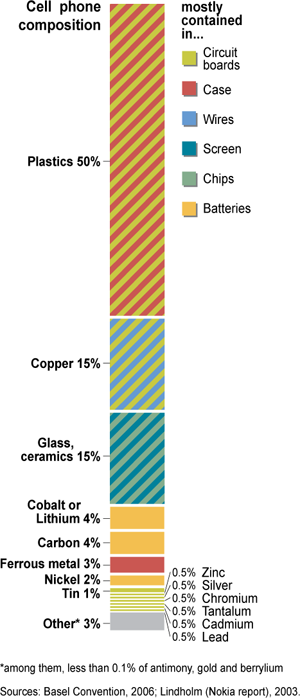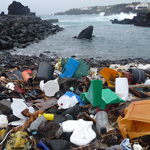
Principles of Sustainability
Chapter 3 - The Culture of Waste
Overview
This Chapter of the course will analyze the culture of waste. This detailed description will explore the generation and treatment of waste. It will include the components of waste; where waste is generated; disposal and treatment of waste; and the effect of waste on the environment. We will explore the necessary details of hazardous waste management. As a transition, the major pathways and issues of recycling will be discussed. The final part of this Chapter will examine waste reduction and the “why” of waste. This will be accomplished by an analysis of nature’s closed waste cycle and a discussion of society’s open path for wastes; successful strategies for waste reduction will be illustrated by case studies. Important to this discussion is a contextual exploration of conservation including resources such as energy and water. Successful strategies for reduced consumption will be illustrated with cogent case studies.
Keywords
- Waste generation
- Waste treatment
- Components of waste
- Municipal waste
- Solid waste
- Hospital waste
- Hazardous waste
- Municipal wastewater
- Biosolids
- Plastic footprint
- Recycling
- Nature’s closed waste cycle
- Society’s open path for waste
- Ecosystem metabolism
- Metabolism in society
- Water reuse
- Energy recovery from waste
Chapter Parts
- Part 1 - Solid Waste Generation in the Developed and Developing World (42:43)
- Part 2 - Solid Waste Management in the Developed and Developing World (41:50)
- Part 3 - Reduce Reuse Recycle (16:23)
- Part 4 - Hazardous Waste Management (20:19)
- Part 5 - E-Waste (22:49)
- Part 6 - Our Plastic Footprint (36:59)






